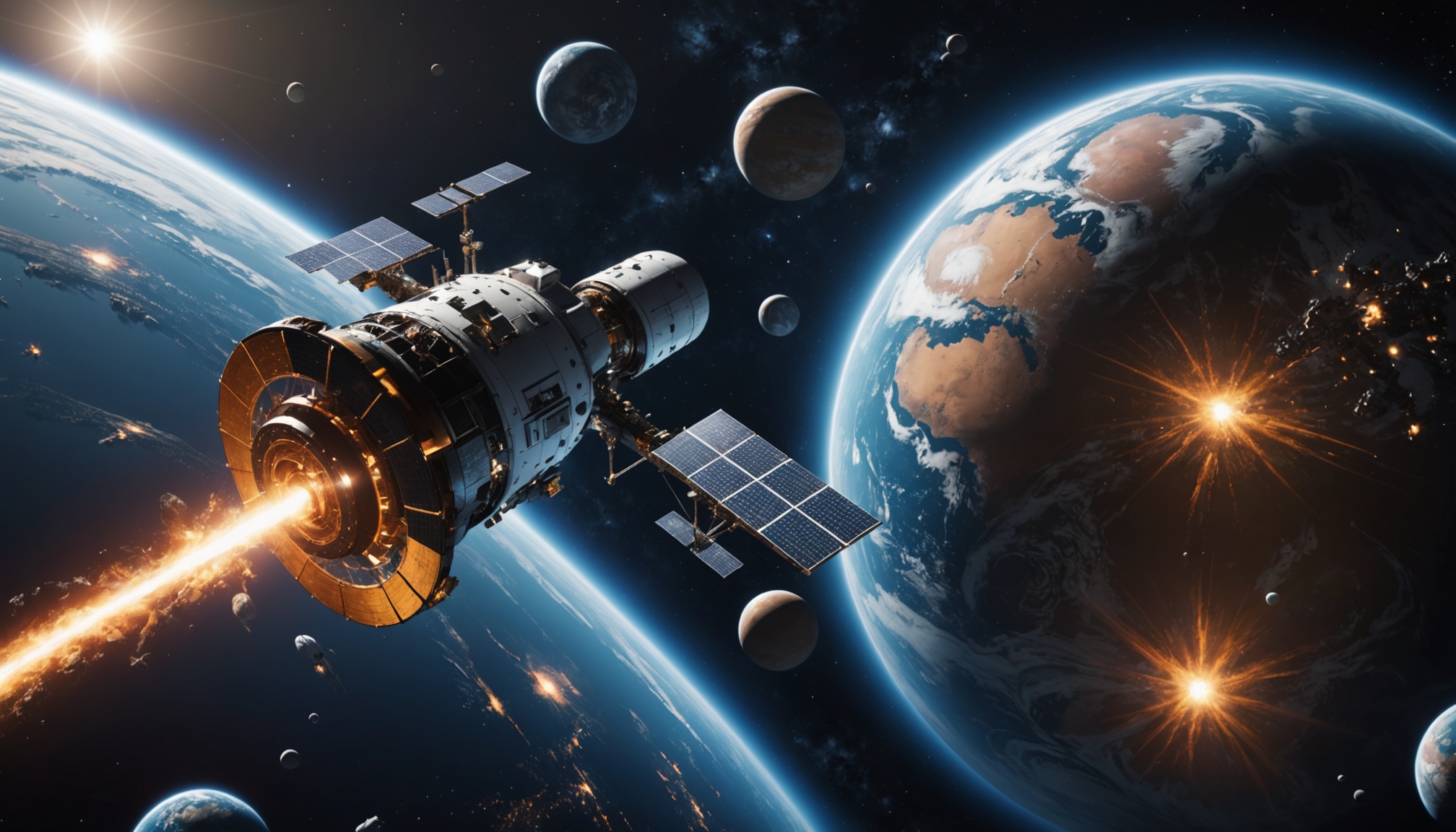The cosmos is no longer a distant realm, but a dynamic arena of innovation, and 2025 promises to be a pivotal year in space technology. Lockheed Martin, a vanguard in this field, is charting a course through a constellation of advancements, pushing the boundaries of what’s possible. From revolutionizing communications with 5G-enabled networks to deploying AI-powered systems capable of autonomous decision-making, the company is at the forefront of a new era of space exploration, defense, and commercial enterprise. This shift will inevitably touch every corner of our planet, improving everything from global connectivity to our ability to understand and respond to the impacts of climate change.
The Ascent of AI and Advanced Communications
Two critical pillars of this transformation are Artificial Intelligence (AI) and Advanced Communications, both set to redefine the way we interact with space. AI’s integration into space systems allows for faster and more efficient data processing, enabling sophisticated autonomous operations and enhancing real-time situational awareness. Simultaneously, the evolution of communication technologies, like 5G and beyond, is projected to dramatically increase data transfer speeds and reduce latency, enabling seamless global connectivity. Lockheed Martin is actively demonstrating these capabilities, showcasing how space can become a vital conduit for data, even in the most remote locations on Earth. These advancements will revolutionize both military and civilian space applications.
Expanding Horizons: Proliferated Constellations and Lunar Exploration
The space domain is also experiencing a shift towards proliferated satellite constellations, embracing numerous smaller satellites operating in multiple orbits. These constellations are providing unprecedented flexibility, resilience, and adaptability, proving to be essential in the modern era. Alongside this paradigm shift, humanity’s ambitions are firmly set on the Moon. With NASA’s Artemis program, the return of humans to the lunar surface is not just a scientific endeavor, but a catalyst for building the necessary infrastructure for permanent human presence. Lockheed Martin is deeply involved, developing crucial components for lunar missions, and envisioning a long-term presence on the moon, leading the way for future Mars exploration.
In addition, interoperability is emerging as a critical factor for future space operations. The ability for systems across different domains (air, space, sea, cyber) to seamlessly integrate is key for delivering effective solutions. Lockheed Martin is driving this approach by facilitating secure mesh networking to share mission-critical data. Beyond that, Nuclear Space Propulsion and Power is also set to accelerate space exploration, offering increased efficiency and mission durations. By investing in NTP and NEP systems, the company is looking to significantly cut down travel times and advance interplanetary exploration. This will unlock new possibilities in the field of space travel, enabling ambitious missions to reach farther destinations.
Reaching for the Stars
As we gaze towards 2025 and beyond, it’s clear that space technology is entering an unprecedented era of growth and innovation. From AI and quantum communication to advanced manufacturing, the trends discussed represent a fundamental shift in how we understand and interact with the cosmos. These technologies promise to improve global connectivity, revolutionize weather monitoring, and enable ambitious journeys of human exploration. With Lockheed Martin at the forefront, the future of space is not just about reaching for the stars but transforming life on Earth. Through relentless innovation and strategic investments, the company is leading the way toward a future where space is integral to our security, our economy, and our collective destiny.













